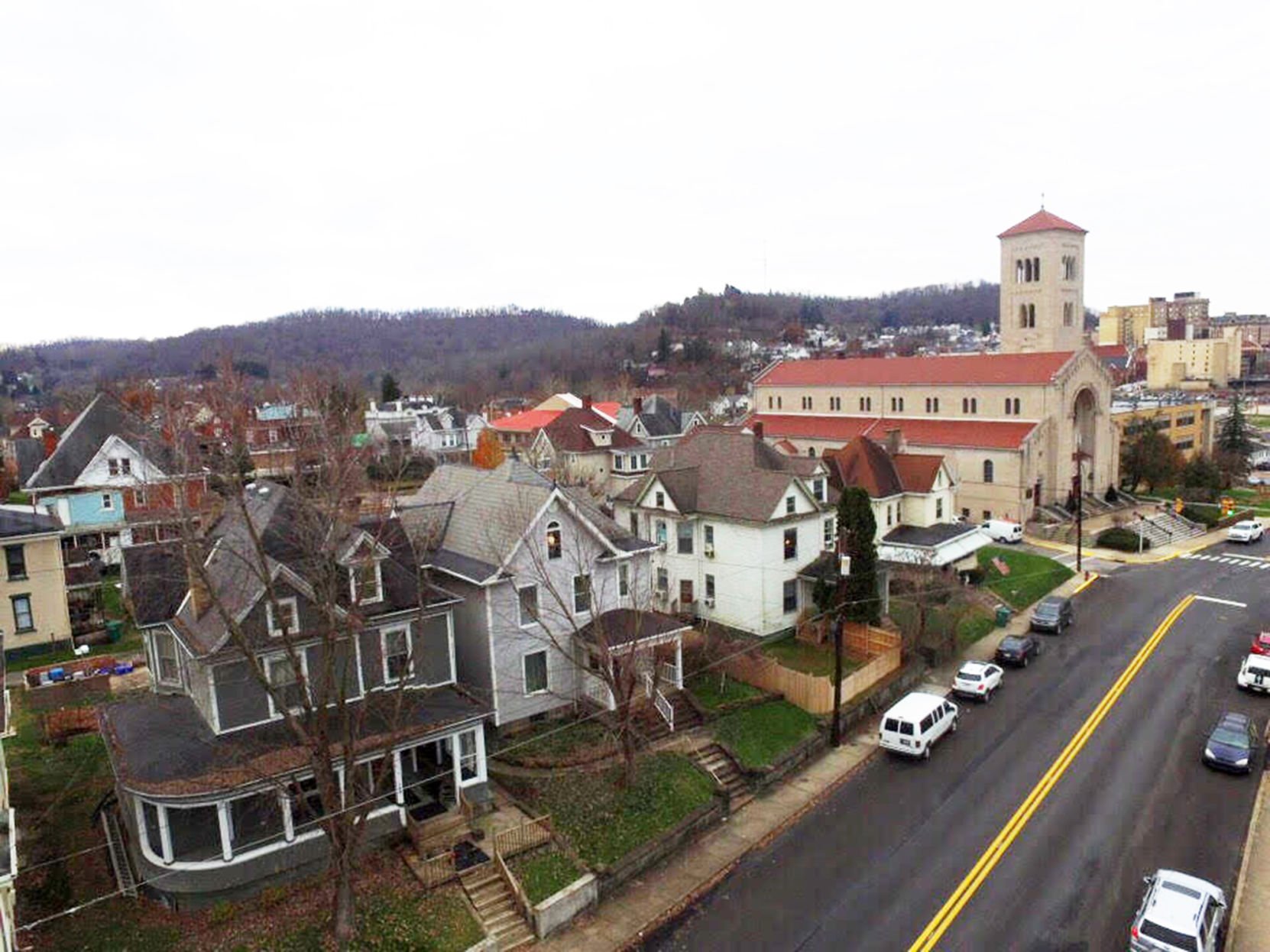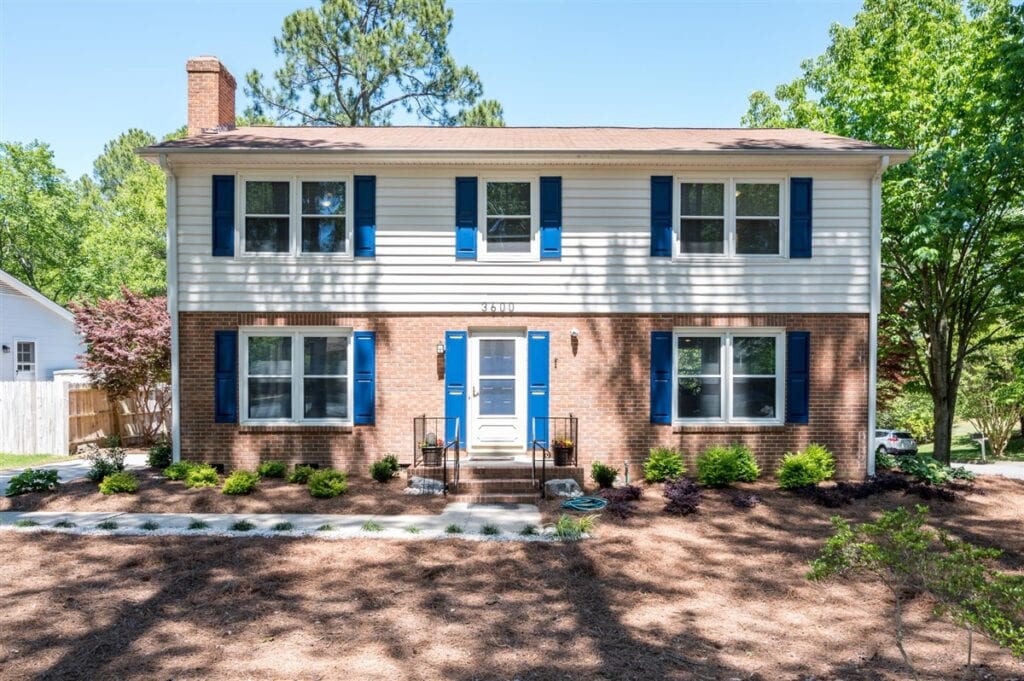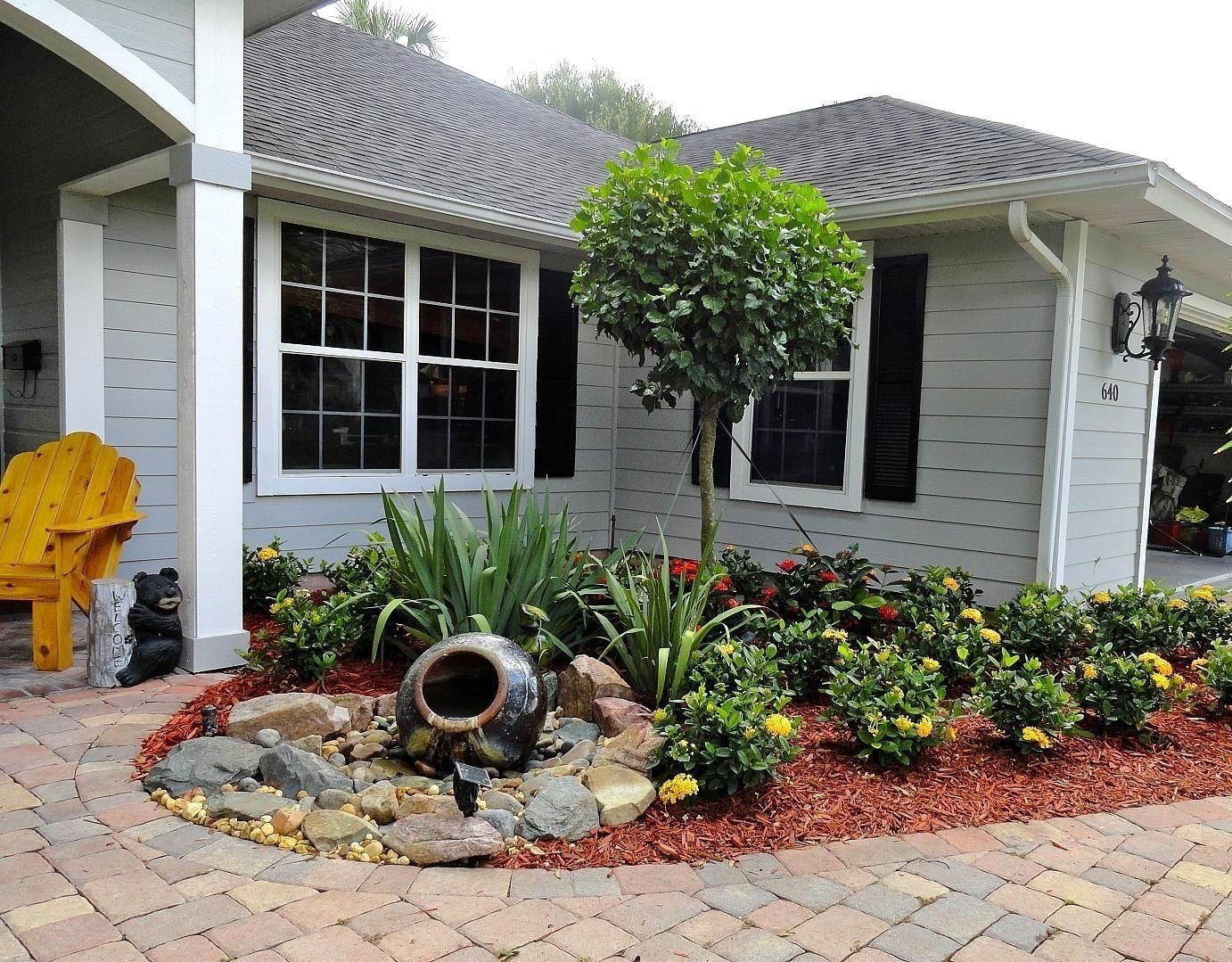Table Of Content

Sober living homes usually house only same-sex residents and require residents to complete either a detox program or an inpatient rehab program before moving in. Additionally, residents must agree to a number of rules when they move in. Any recovering alcoholic or drug addict can apply to get into any Oxford House by filling out an application and being interviewed by the existing members of the House. The application is then considered by the membership of the House and if there is a vacancy and if 80% of the members approve, the applicant is accepted and moves in. If an applicant does not get voted into one house he or she should try another house in the area. The Oxford House website contains an application and information about How to Apply to live in an Oxford House.
For Providers
An American Journal of Public Health study compared individuals who lived in a sober living home to those who only received outpatient treatment or attended self-help groups. There is no in-house treatment or requirement to attend a specific recovery program, but 12-step participation is popular in Oxford Houses. A new house member must be interviewed by current residents and must receive an 80 percent vote of approval to be accepted. For many individuals who complete drug and alcohol treatment, returning home is the beginning of their relapse. And maybe they’ve got a reputation that people just don’t want to get over.
How Sober Living Houses Work
The number of residents in a House may range from six to fifteen; there are houses for men, houses for women, and houses which accept women with children. Oxford Houses flourish in metropolitan areas such as New York City and Washington D.C. And thrive in such diverse communities as Hawaii, Washington State, Canada and Australia; but they all abide by the basic criteria.
Q. What is the "ideal" number of individuals to assure a well-run self-run, self-supported recovery house?
It developed four levels of support that can be used to characterize most sober living homes. Most homes house between eight and 15 members, with most staying about a year. To begin the admission process, you must fill out an Oxford House application. Once that’s received by the house, you’ll be interviewed by the house members. After the interview, the house members will decide if you’ll be allowed to move in by taking a vote. Sometimes, home is not the best place to be, especially for those in recovery.
Q. How did Oxford House get started?
Rent and the various utilities paid by residents vary by location, but the cost of living in an Oxford House is usually no more than what it would cost to live elsewhere. Plus, this option may actually be cheaper than other housing environments given the fact that residents split the household costs among several residents. Try to determine their optimism, willingness to offer support and motivation for remaining sober. That can be a good time to get to know future roommates and decide whether that particular house is best for you. Several factors determine length of stay, such as the severity of the addiction, a person’s history of substance abuse, their recovery progress, ability to follow rules and ability to pay rent. The homes usually include a kitchen, common areas and laundry accommodations.
Q. Can both men and women live in the same Oxford House?
Concerns about sober living home in Deacon Hills continue - Richmond Register
Concerns about sober living home in Deacon Hills continue.
Posted: Tue, 12 Mar 2024 07:00:00 GMT [source]
Some sober living homes have exercise equipment, fitness areas, recreational space, pools and cookout areas. The homes may also be near an outpatient treatment center or on the campus of residential rehab facility. In NARR homes, the goal is to protect the health of all residents, not to punish the resident experiencing relapse. In Oxford Houses, individuals who relapse cannot return until they complete a 28-day rehab program or complete treatment and demonstrate an ability to continually attend support group meetings. The ways that sober living houses work vary depending on the level of support provided. The National Alliance for Recovery Residences is one of the largest associations of sober living homes in the United States.
Oxford House will not charter a house with fewer than six individuals because experience has shown that it takes at least six individuals to form an effective group. Oxford Houses are democratically self-run by the residents who elect officers to serve for terms of six months. In this respect, they are similar to a college fraternity, sorority, or a small New England town. Officers have fixed terms of office to avoid bossism or corruption of egalitarian democracy.
Types of Sober Living Homes
Help us continue our valuable work of providing sober living to more people in our area. Using the contact information for the house you’ve chosen, call and set up an interview. Each house conducts its own interviews and votes on admitting new members. To learn more about different types of recovery housing and their accreditation, you can visit the National Association of Recovery Residences (NARR) website. The average number of times an Oxford House resident has been through prior treatment is three, but for about a quarter of residents their Oxford House residency is after their first treatment episode. Experience of Oxford House has shown that from 8 to 15 members works very well.

Apply For Housing
Numerous studies have shown that most people who live in sober homes after attending treatment have low rates of relapse and are able to live productive lives. Sober living homes are realistic, cost-effective living environmentsr for people in recovery. Following an application and approval process, individuals living in a house are expected to participate in a recovery program in the community during their residence. Oxford Houses are peer-driven, democratically run, and self-supported group residences.
Although relapse is a common part of the recovery process, it threatens the recovery of all residents. Thus, individuals who relapse are usually removed from the sober living home as soon as possible. Many sober living homes refer the resident to a drug addiction rehab center or offer another form of treatment. Sober living homes are structured, safe and substance-free living environments for individuals in recovery.

It includes building relationships, supporting others and practicing healthy ways to overcome triggers. There is no official minimum time limit for acceptance, but generally an individual comes into an Oxford House following a 14 to 28 day rehabilitation program, or at least a detoxification period. Equal Expense Shared (EES) is generally between 80 and 160 dollars a week and includes utilities. Weekly business meetings are mandatory to discuss any issues that the house may be facing. It is at these meetings that checks are written for bills and residents are made aware of where they stand financially. Generally an individual comes into an Oxford House following a 28-day rehabilitation program or at least a 5 to10-day detoxification program.
Oxford House is the largest network of sober living houses anywhere, with houses in all major areas of Florida. Residents may first move into homes with high levels of support and then transition to homes with lower levels of support. A 2006 study published in the American Journal of Public Health found that most Oxford House residents stayed more than a year, but some residents stayed more than three years. Residents usually sign a contract or written agreement outlining all of the rules and regulations of living at the sober living home. Sober living homes are known for strictly enforcing rules, and violations usually result in eviction.
The average stay is about a year, but many residents stay three, four, or more years. The daily schedule at sober living homes is heavily influenced by the residents’ current stage of recovery. Some homes are highly structured, with strict schedules and consistent eating and meeting times.










